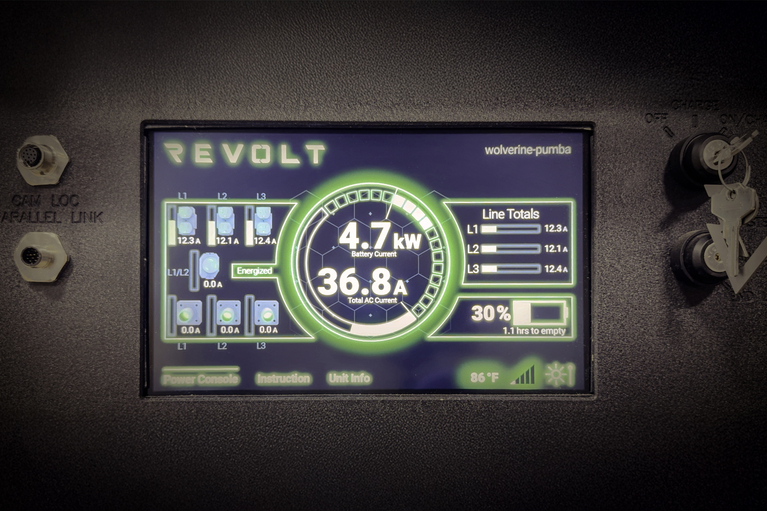The Vicor webinar Enabling Bi-Directional Energy Flow Using DC Power Transformers shows how Vicor power components allow voltages to be stepped up or down, based on the direction of energy flow.
The webinar pays particular attention to the Bus Converter Modules (BCMs) and Non-Isolated Bus Converter Modules (NBMs), families of fixed-ratio converters that step up and down voltages with a fixed ratio, operating as if they were a DC transformer.
One of the main topics was scalability: engineers wanted to know more about delivering higher power levels and larger voltages. Here is a collection of the best questions on these topics, along with presenter Harry Vig’s answers.
What do you need to consider if you are designing a high power bi-directional power system that can deliver multiple kW?
High power arrays can be created using the bus converters in parallel provided that care is taken in designing the input and output connections. BCM modules share inherently with inputs and outputs connected in parallel, with the positive temperature coefficient of ROUT reinforcing sharing. Assuming equal cooling, an array can operate at full power with accurate sharing and no de-rating. The array should be designed based on guidelines that optimize protection, efficiency, reliability, and minimize noise. For more information, check out our Application Note on using BCMs in High Power Arrays.
How do you handle redundancy and protection in the case of a fault when paralleling these modules?
Redundancy and shutting down for protection are the parts of the design I think are most difficult. One of the potential problems is if one module shuts down, and maybe a second one shuts down, the load is transferred to the other modules. This could result in a cascade failure. The most intelligent way to deal with this problem would be to use a microprocessor or other control circuitry.
But if you need the output from ten modules in parallel, it would be a good idea to have 12, 14 or even 15 modules in parallel. That’s because with additional components, the loading on each module will decrease, and with that its operating temperature will decrease as well. When operating at lower temperature, they’re going to have a better lifetime. Additionally, you will have built-in redundancy: if one of them does turn off for some reason, you’ve still got the required capacity so you won’t have to shut them all down.
Other customers take this approach if they need to conduct regular maintenance and take one module out of service for testing, especially if the system has a long lifetime and you’re in a battery environment: you may well want to inspect the modules for corrosion due to battery fumes.
What is the highest DC voltage that can be achieved?
At the time this was written, VIcor had a 400V version of the BCM, which is adequate for most applications. See the Vicor BCM family page to see the specification of our latest products.



